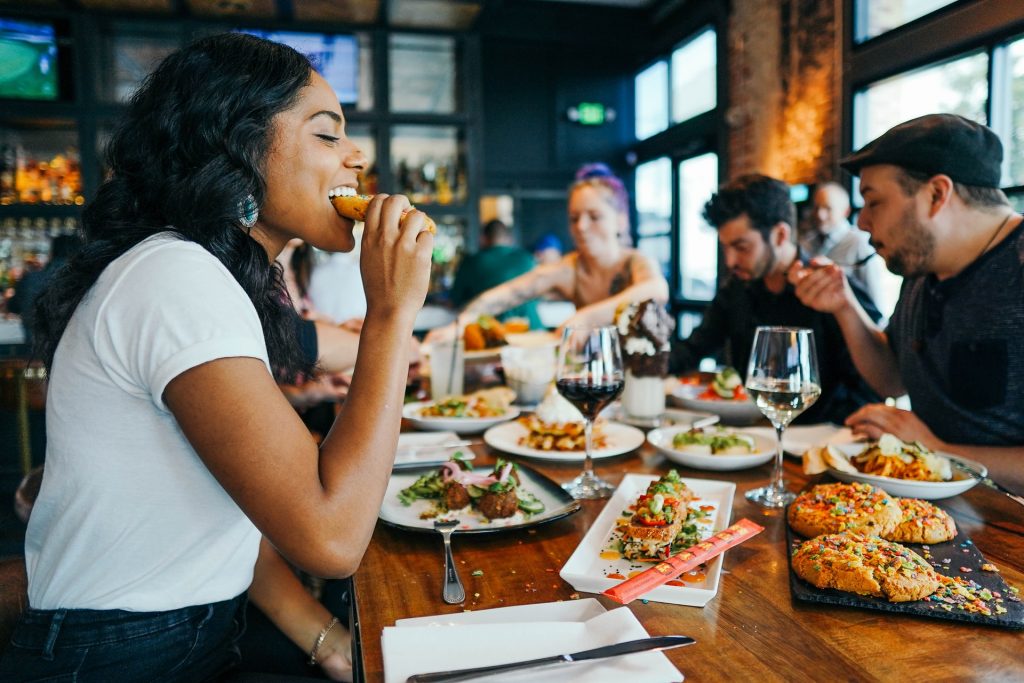The definition of food in English is, “Food is the main substance of which people and animals need in order to grow and stay healthy.” This is food. However, food is not just something to sustain you, it is a cultural movement that brings people together. The type of meals you love speaks about who you are and on most occasions, where you are from. To many, food equals love and home. When a restaurant captures the spirit of a meal, those who speak that food’s language, regardless of where they are from, will be enticed to return time and time again.
Other aspects that may help a restaurant’s ratings include its atmosphere, which could also capture the vibrancy, passion, design, spontaneity, and, again, since you can’t elaborate enough, the essence of the cuisine itself. Many of today’s restaurants are quite large operations. From the cooks to the waitresses to the host, there are many jobs that keep the business running. Every restaurant fits into one of eleven categories. The five main categories that you will most commonly find are: Diners, Family Style Restaurants, Fast Food, Fine Dining Restaurants, and Fast Casual establishments. These main types of restaurants differ in many aspects such as what type of items they serve and how they look and operate where you will find your favourite steak restaurant or ocean dining experience.
How Restaurants Were Affected By Covid
The hospitality industry suffered on a global scale more than any other sector. The food and beverage industry had been seriously affected by the pandemic but having a look at how restaurants are responding to covid-19 crisis helps provide an understanding of those affects. Nobody had wanted to eat out amidst the scare even after the lockdown had lifted and many people had gone through much internal processing, regardless of the industry they found themselves in. This extended to their businesses, actions, emotions, the people around them, and whatever was important that needed that reflection. To avoid food shortages or even the carbon footprint through food there had been a movement to resize the menu to specific foods by the chefs alongside other factors. Avoiding overcrowding brought on restrictions to reorganise safe parameters between table sections and a limit to how many people should be allowed within an establishment. It also brought on more rigorous health and safety measures as well as an increase in pricing.
An article ‘Restaurants will never be the same. They shouldnt be’, as published by The New York Times made commentaries about the internal culture of restaurants. This culture was a breeding ground for toxicity both internally and externally. Employees seemed to have health and safety issues from the explotation as well as abuse they experienced from not only employers but customers as well. Having a look at this perspective helps you view the turnaround that has begun to take place within the industry thanks to the pandemic. The reflections taken on by the surviving restaurant groups showcased that chefs, restaurant owners, waiters and other staff have been taking the time to avoid burnout, toxicity, and general exploitation. Even from customers. Food equals love and so does the hospitality industry. It doesnt take much to take a step and be kind, especially during these tough times.








